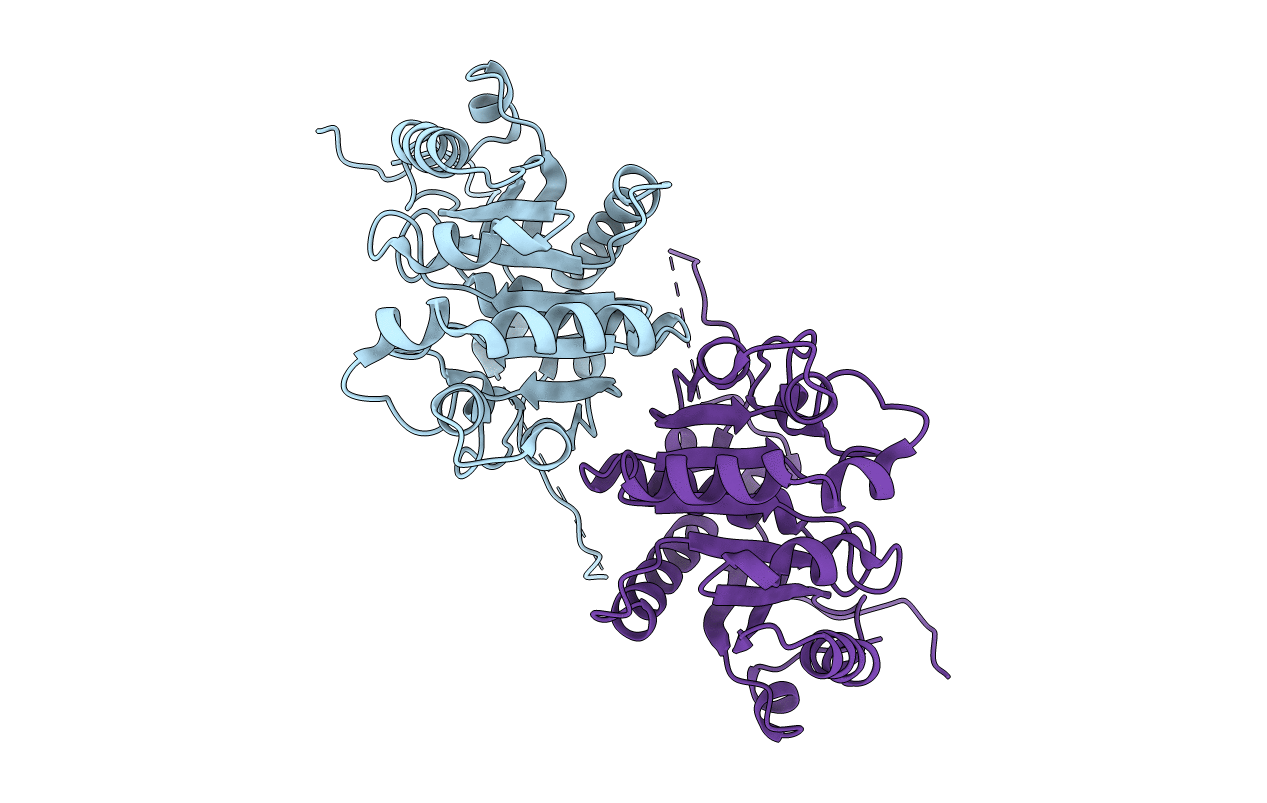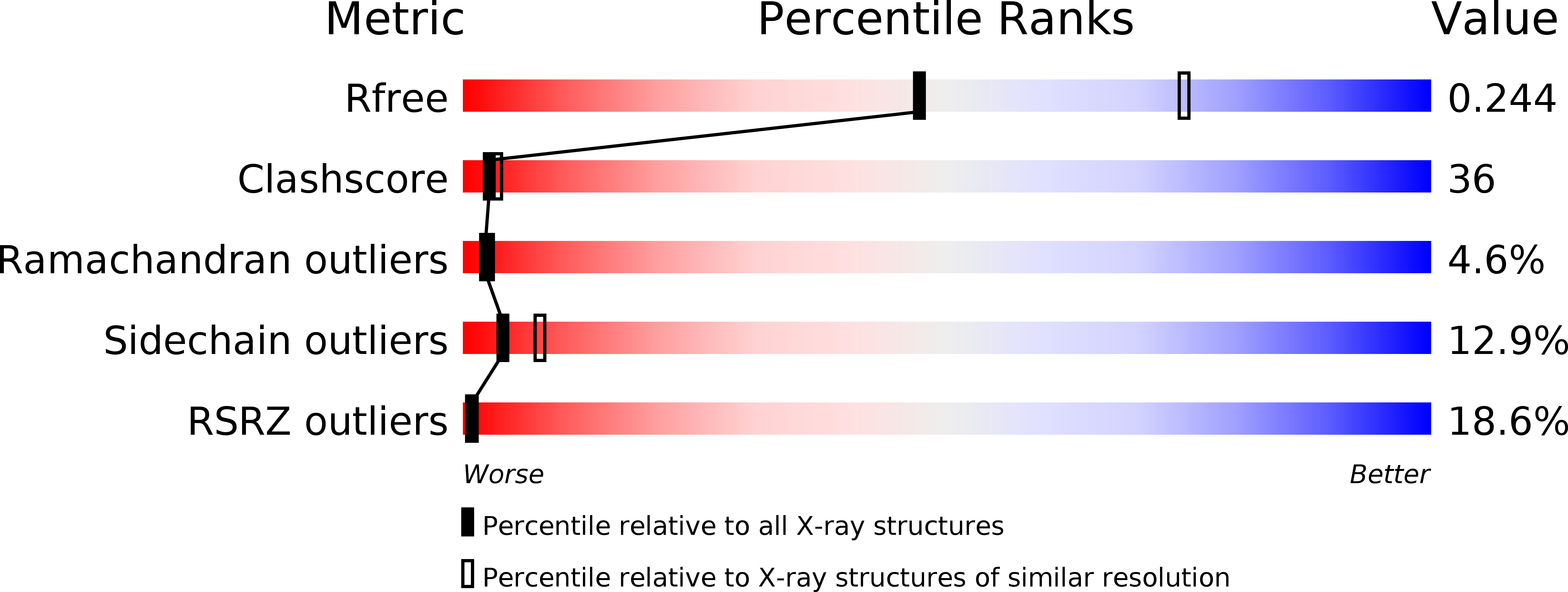
Deposition Date
2008-03-11
Release Date
2008-06-03
Last Version Date
2024-02-21
Entry Detail
PDB ID:
3CIO
Keywords:
Title:
The kinase domain of Escherichia coli tyrosine kinase ETK
Biological Source:
Source Organism:
Escherichia coli (Taxon ID: )
Host Organism:
Method Details:
Experimental Method:
Resolution:
2.50 Å
R-Value Free:
0.25
R-Value Work:
0.19
R-Value Observed:
0.19
Space Group:
C 1 2 1


